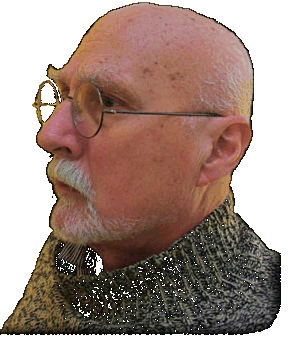Sensory Experience of Perception
Important Books
I began this list as a compilation of books I think are important. I’ve expanded it to serve also as a bibliography on the topics in the website.
Ansel Adams, The Negative.
Idem, The Print.
Robert Adams, Beauty in Photography: Essays in Defense of Traditional Values. 1981.
Friends of Photography, photographs by Robert Adams, Untitled 49, Road Trip. San Francisco, 1989.
Marston Bates, The Forest and the Sea. 1960.
Bates describes the analogous nutrient cycles of tropical rain forests and coral reefs.
I encountered The Forest and the Sea in Herb Eder’s introductory cultural geography class my freshman year in college, shortly after having read, and been moved by, Rachel Carson's Silent Spring. Since my first reading of Bates’s book in 1964, 90% of the tropical forests then standing have been destroyed.
Hans Belting, The Germans and their Art, a Troublesome Relationship. 1998.
Idem, The Disappearing Masterpiece.
Idem, Florence and Bagdad: Renaissance Art and Arab Science.
Idem, Hieronymus Bosch : Garden of Earthly Delights.
Idem, Likeness and Presence: A History of the Image before the Era of Art. 1990.
Susan Buck-Morss, The Dialects of Seeing. 1989.
Richard Henry Dana, Two Years Before the Mast. 1840, 1869.
I first began reading Two Years Before the Mast out of my childhood interest in sailing ships. What I encountered, instead, was an account of California as it was prior to the gold rush. I was fascinated by Dana’s descriptions of places with which I was familiar, as they had been over a hundred years before. I subsequently came across an edition containing an introductory chapter by the author recounting a trip to San Francisco he made, perhaps thirty years after his youthful voyage along the California coast. In that introduction Dana described the transformation of San Francisco into a major metropolis.
